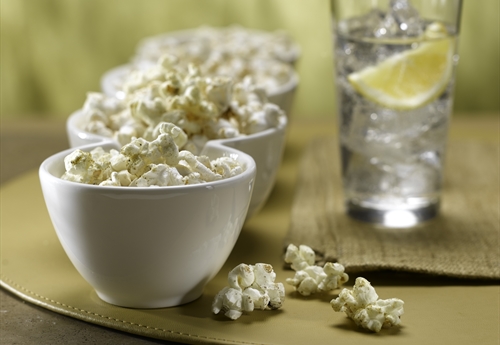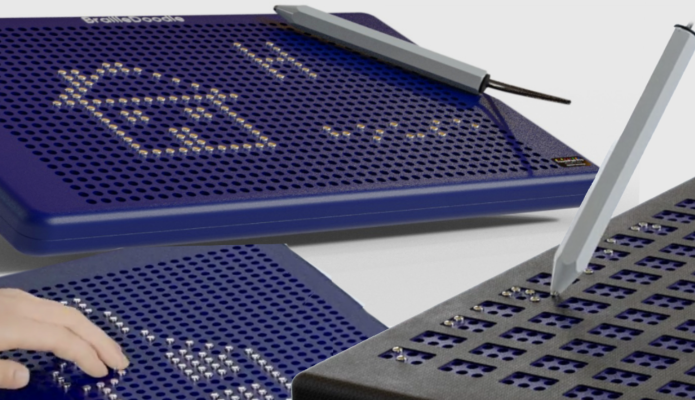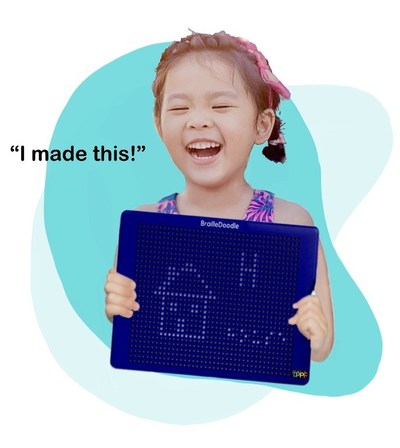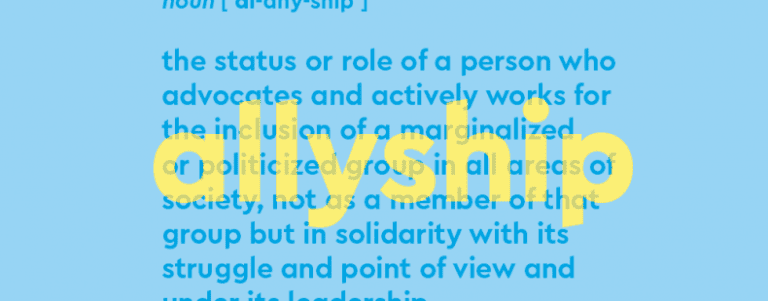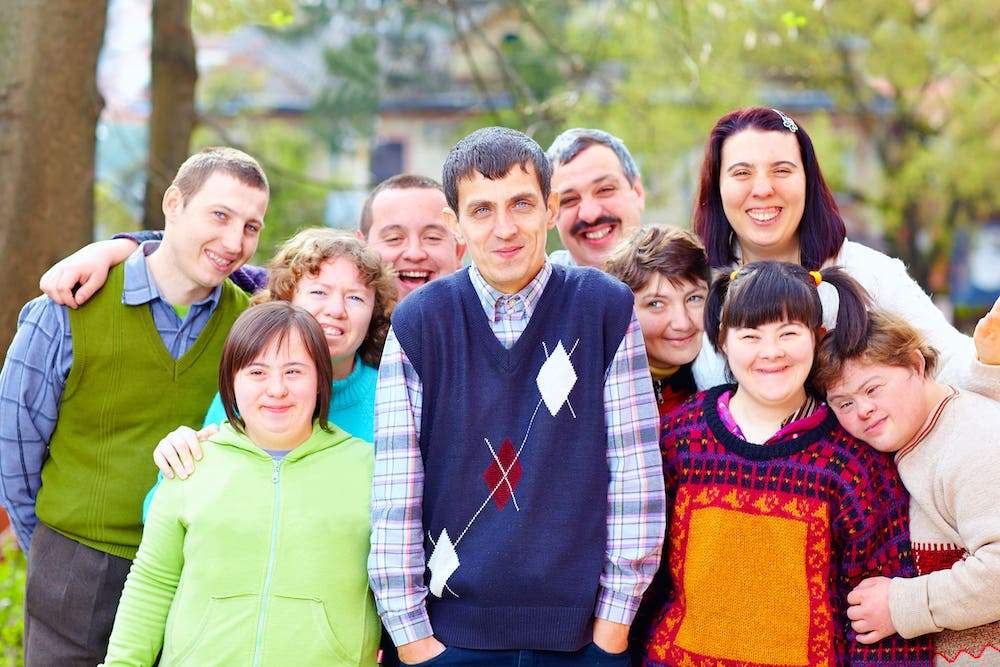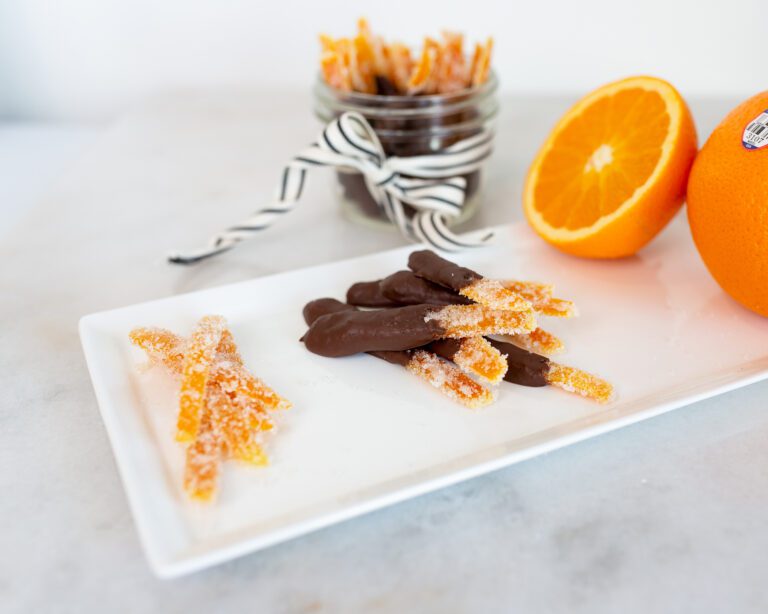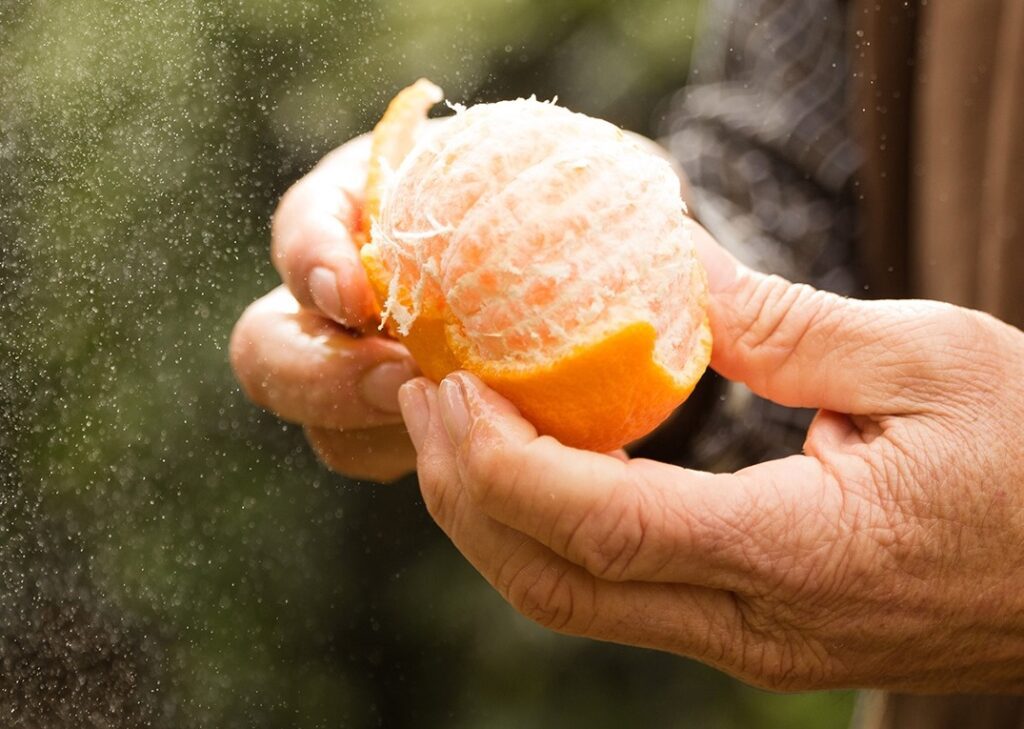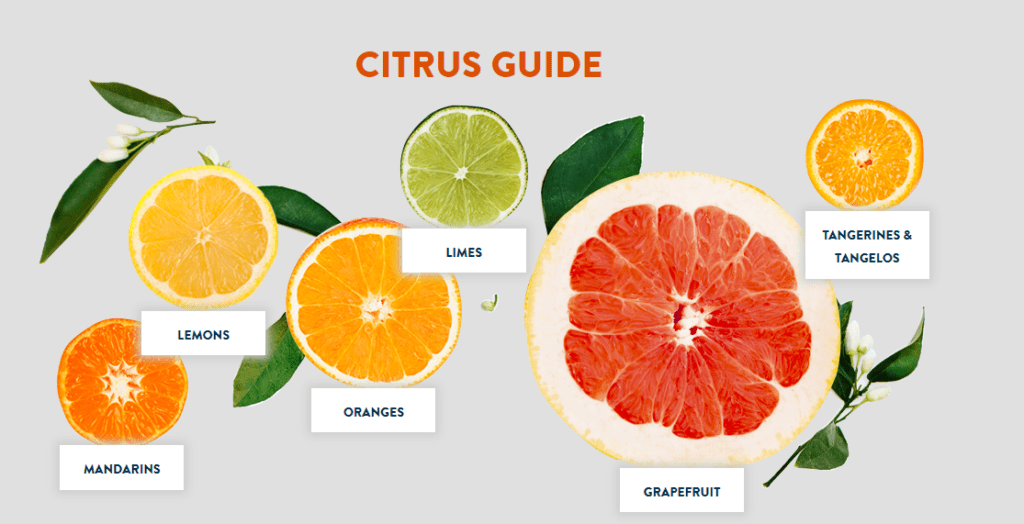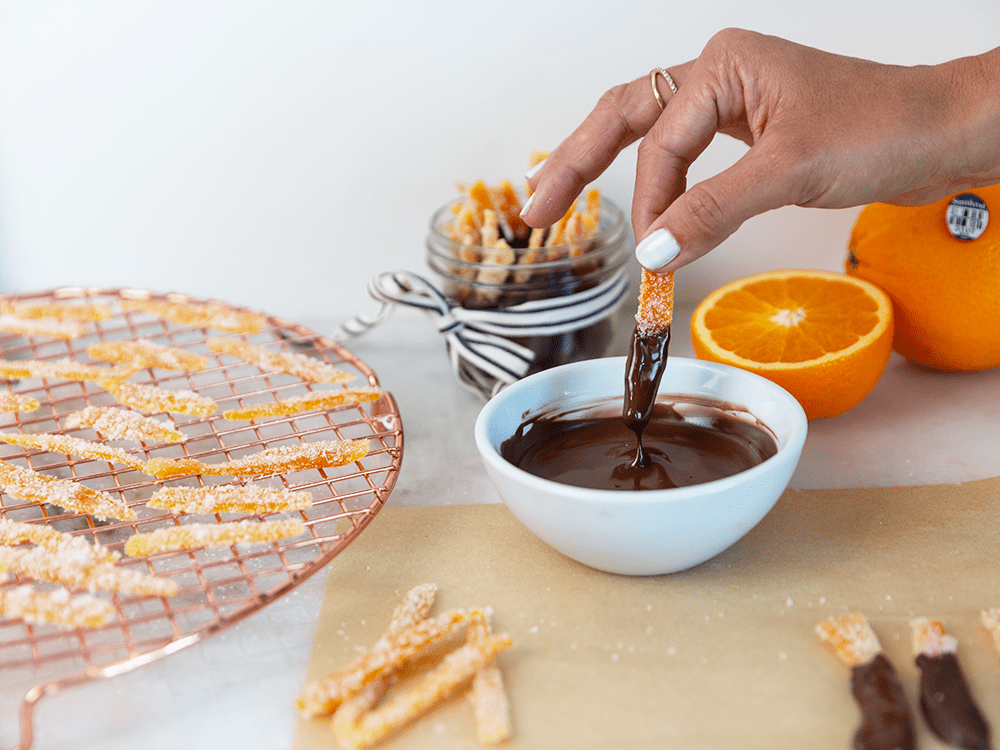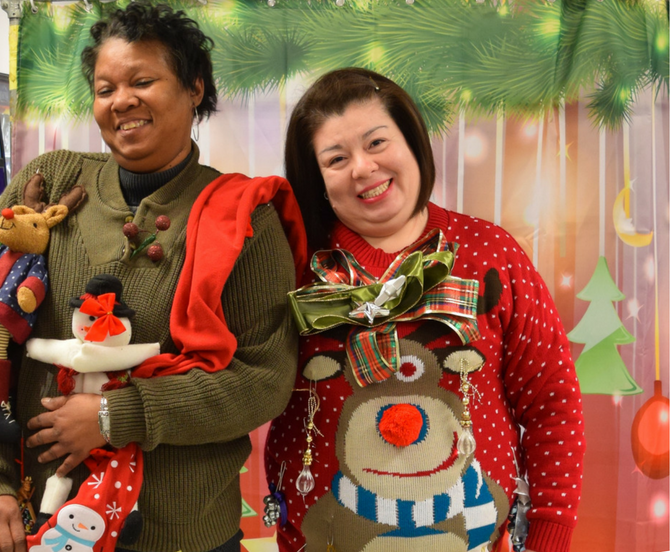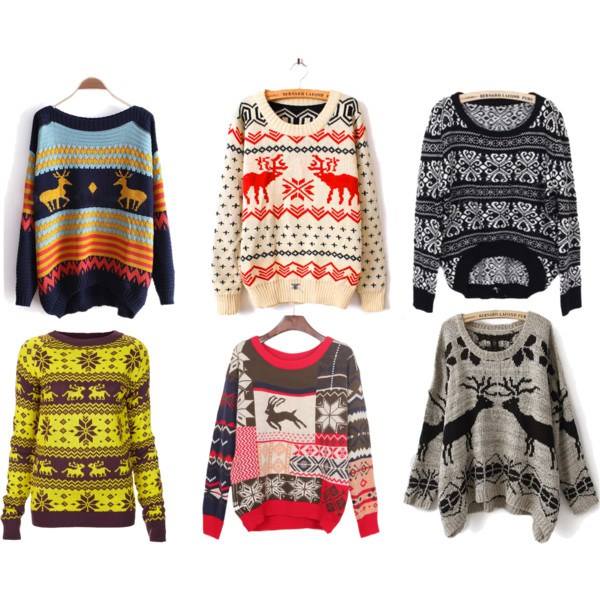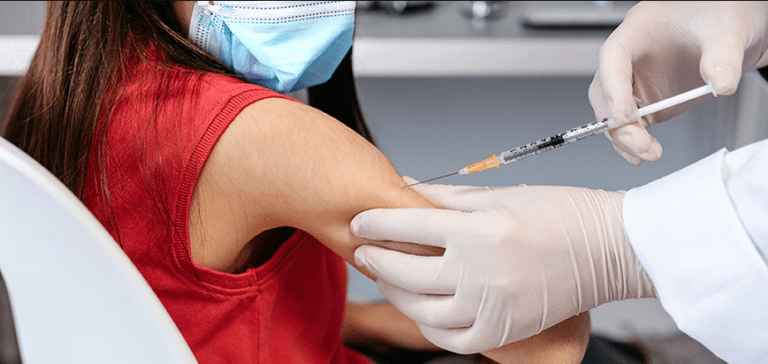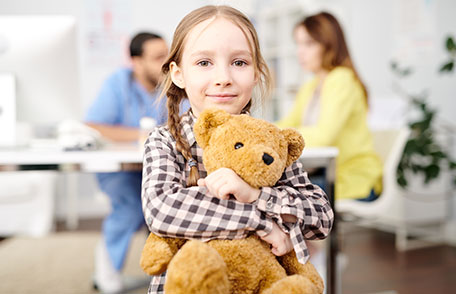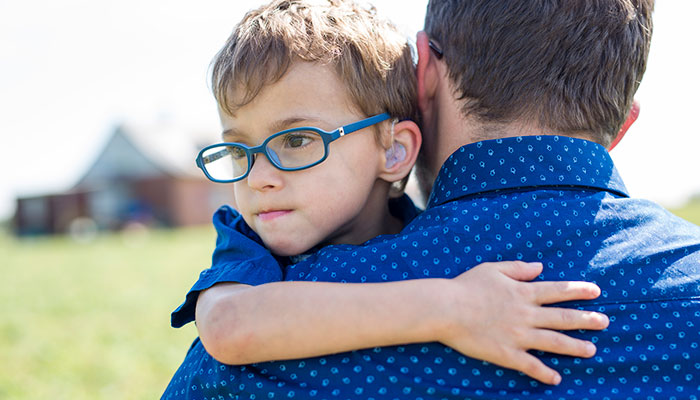January 19th is National Popcorn Day, a day bursting with good taste and good health benefits. National Popcorn Day celebrates one of nature’s most extraordinary snack foods: popcorn! You see, popcorn has the unique ability to literally turn itself inside out, providing whole-grain goodness in a tasty snack form. And as it just so happens, popcorn is also a good choice when it comes to creating a successful inclusive workforce.
Popping into Inclusive Employment
Steve Bier describes his adult son, Samuel, as fun, bright and energetic. Just like everyone else, Samuel strived to find a job that he loved within a welcoming workplace. But, because Samuel happens to have autism, landing dignified employment proved to be more challenging than it should’ve been.
All parents seem to possess problem-solving superpowers when it comes to their kiddos and, perhaps, that’s especially true when it comes to parents of children with special needs. So when Steve discovered a popcorn company for sale, the idea of an inclusive business model popped to mind. Run by this father-son duo with a team of employees with autism spectrum disorder, Popcorn for the People is a nonprofit company granting meaningful employment to individuals with disabilities. Employees are trained to cook, package and sell delicious gourmet popcorn. And lucky for them, it all happens within a fun workspace full of buttery aromas!
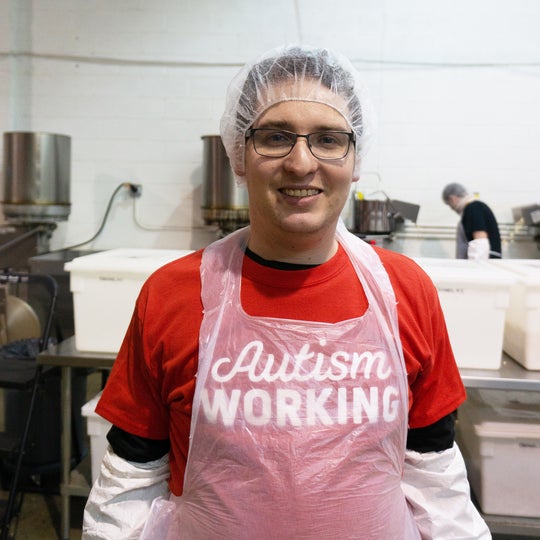
Popcorn for the People uses non-GMO kernels and non-GMO sunflower oil, and pops kosher and gluten-free options. They offer 11 gourmet flavors, available for purchase online in bags or tins. Nibble your way through the unique flavors, such as Cookies n’ Cream, Dark Chocolate Espresso and Chicago Baked Cheddar.
A Healthy Snack Attack
Popcorn inspires guilt-free snacking. That’s because, according to Michigan State University Extension, popcorn offers health benefits by being a low glycemic food and offering many polyphenols found in plant foods that help rid the body of free radicals which damage cells and promote aging.
Of all plant foods, popcorn has one of the highest concentrations of polyphenols, containing more polyphenols and antioxidants than most fruit.
Additionally, the USDA Agricultural Research Service says “low GI diets have proven health benefits. They improve both glucose and lipid levels in people with Type 1, as well as Type 2, diabetes. Because they are slowly absorbed, they help in weight control because they help control appetite and delay hunger. Fiber is good for diabetics because research suggests that it helps to control blood sugar levels by slowing gastric emptying.”

Here are other nutrition tidbits about popcorn:
- Popcorn is a whole grain and provides energy-producing complex carbohydrates. One serving can provide about 70% of an individual’s recommended daily intake of whole grains.
- Popcorn contributes fiber to the diet. Dietary fiber from whole grains or other foods may help reduce blood cholesterol levels and may lower risk of heart disease, obesity and Type 2 diabetes.
- Popcorn contains no cholesterol and is virtually fat-free.
- Popcorn has a number of essential vitamins including folate, niacin, riboflavin, thiamin, pantothenic acid and vitamins B6, A, E and K.
- A serving of popcorn contributes about 8% of the daily value of iron, with lesser amounts of calcium, copper, magnesium, manganese, phosphorus, potassium and zinc.
Ready to start snacking? Order bags from Popcorn for the People, or pop your own treat using this recipe from Popcorn.org.
RECIPE: Dilly Lemon Munch
Dill and lemon bring a brightness to this delicious snack.
Yield: 2 quarts
Ingredients
- 2 quarts of popcorn, popped
- 2 tablespoons shredded lemon peel
- 1 teaspoon dill weed
- Optional: 1/2 teaspoon low-sodium salt
Directions
- Toss popcorn with lemon peel and dill weed.
- The flavor enhances as popcorn stands.
Nutrition Facts: 40 calories, 2.5 g total fat, 0 g saturated fat, 0 mg cholesterol, 0 mg sodium, 5 g carbohydrates, 1 g fiber, 0 g sugar, 1 g protein, 25 mg potassium
Happy National Popcorn Day!




